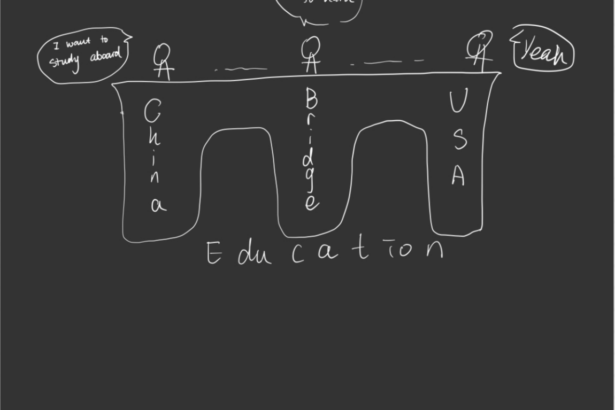My PCE project idea was to design a learning experience around paleontology, the field in which I did my undergraduate research. Having some expert knowledge and interest in designing for museums, I decided on a video game to be used in a museum exhibit or a classroom to discuss how fossils form and the factors that determine what is preserved. Learners construct their own animal and make the choice of where the animal dies. The tissue types and environment affects the kind of fossil that is produced.
In the first stage of the game, players can design any animal, real or fake by drawing different parts of the animal, e.g. bones, feathers, shells, soft tissue parts like internal organs, etc. In the second stage of the game, players choose the environment in which their animal dies, a lake, ocean bottom, mountain top, and forest. In the third stage, players use tools that paleontologists use to dig up their fossils that have formed based on their drawing and decisions in the previous stages. After seeing what did or did not turn up in the rock record, players would be able to try again and again, noticing the differences that different animals and different environments made in the output.
My project aimed to marry engagement and boil a complex topic down to 3 steps, showing learners the structural knowledge that expert paleontologists have. Gamifying the experience shows the way in which structural knowledge can be included in learning experience as stages or levels. In addition, the ability for learners to construct their animal and choose their environment exemplifies aspects of constructionism, especially in the context of a class or museum exhibit. Shifting agency to the learner in my design was key; providing them the freedom to engage how they like. This is appropriate for the audience and setting as learner engagement in a museum or classroom setting calls for engagement individualized to the learner.



